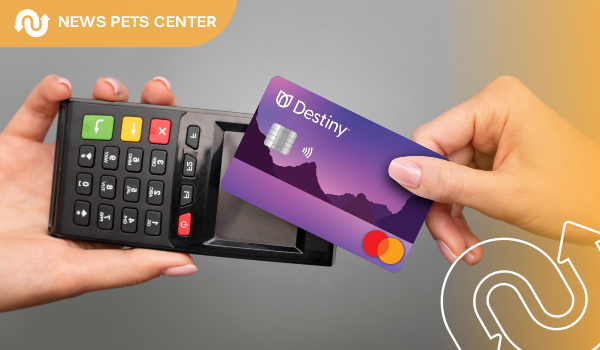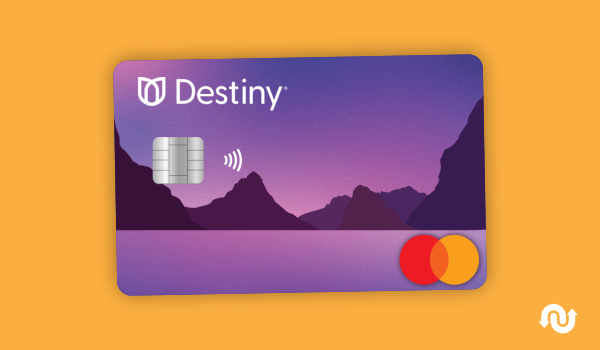
Issued by First Electronic Bank, the Destiny Mastercard’s primary purpose is to provide access to a revolving credit line for individuals who may not qualify for traditional credit products. Its main functional benefit is the reporting of payment activity to the three major credit bureaus, which can help users build or rebuild their credit profiles over time.
This review provides a transparent, in-depth analysis of the card’s complete fee structure and its operational mechanics. The central thesis of this analysis is that while the Destiny Mastercard offers the significant advantage of being an unsecured card (no security deposit required), this access comes at a substantial and recurring monetary cost. It is imperative for prospective applicants to conduct a thorough cost-benefit analysis before proceeding, a process this guide is designed to facilitate.
What You Get for the Cost: The Card’s Benefits
In exchange for the high fees, the card provides the following core functions:
- Unsecured Credit Access: This is the primary benefit. It provides a credit line without requiring a refundable security deposit of several hundred dollars.
- Credit Reporting to All Three Bureaus: The servicer, Concora Credit, reports your payment history to Experian®, Equifax®, and TransUnion®. This is the essential mechanism for building a positive credit history.
- Approval for Poor Credit: The card is designed to approve applicants with low credit scores, including those with a previous bankruptcy on their file.
- Prequalification with No Credit Score Impact: Applicants can use a soft-pull prequalification tool to see their potential offer (including their specific annual fee) without it affecting their credit score.
- Potential for Rewards: One version of the Destiny Mastercard offers an unlimited 1.5% cash back on all eligible purchases. However, the spending required to offset the high fees with this reward rate is substantial (e.g., spending over $11,600 to cover a $175 annual fee).
Who Can Apply: Eligibility Criteria
The card is intended for a specific segment of the U.S. population.
- Credit Profile: Individuals with poor, fair, or limited credit histories.
- Age: Must be at least 18 years of age.
- Residency: Must be a U.S. resident with a valid physical address.
- Identification: A valid Social Security Number is required.
- Income: Applicants must have a source of income to demonstrate their ability to make payments.
- Checking Account: A valid checking account is typically required.
How to Apply: The Recommended Process

- Use the Prequalification Tool: This is the most important first step. Go to the official Destiny Mastercard website and complete the pre-qualification form. This will not harm your credit score.
- Scrutinize Your Offer: The pre-qualification result will show you the specific card version you are eligible for, including the exact annual fee and credit limit. Analyze this offer carefully.
- Perform a Cost-Benefit Analysis: Compare the non-refundable annual fee in your offer to the cost of a refundable deposit for a secured card. If you can afford a secured card deposit, it is almost always the more financially sound option.
- Submit the Full Application: If you decide the Destiny Mastercard is the only viable option for your situation and you accept the terms, you may proceed with the full application. This step will result in a hard inquiry on your credit report.
Frequently Asked Questions
- How do I know which annual fee I will be charged?
The only way to know the specific fee structure for which you qualify is by completing the risk-free pre-qualification process on the card’s website. Your offer is personalized based on your credit profile. - What will my initial available credit be after the fees are charged?
A: Your initial available credit will be your credit limit (e.g., up to $700) minus your first year’s annual fee. For example, a $700 limit with a $175 annual fee will result in an initial available credit of $525. - Is the cash back version of the card a good deal?
Generally, no. While 1.5% cash back is a good rate, the annual fees on the rewards version of the card are typically so high that an average person’s spending would not generate enough rewards to offset the cost. The card’s primary function is credit building, not rewards. - What is the best strategy for using this card?
The best strategy is to use it as a temporary credit-building tool. Make one small, recurring purchase each month, set up autopay to pay the statement balance in full to avoid the high APR, and after 12-18 months of positive payment history, apply for a prime credit card with no annual fee.





